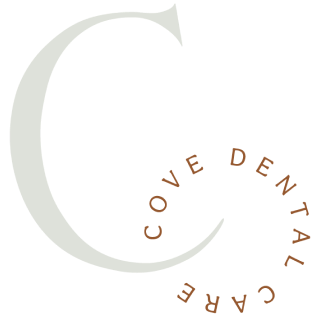Greer:

Tooth Decay Solutions In Greenville, SC
What Is Dental Decay?
To have a thorough discussion of dental decay, we must first talk about the structure of a tooth. The outer layer of a tooth is a substance known as enamel. Tooth enamel is a crystalline structure made of calcium and phosphorus ions linked together in a mineral form known as hydroxyapatite. Enamel is linked to the second layer of the tooth structure known as dentin. Dentin is softer than enamel and is important to the structural integrity of the tooth. Dentin also contains hydroxyapatite, but in a lower percentage. The dental pulp is the inner layer of the tooth and houses the nerve and blood vessels of the tooth.
Dental decay is the loss of calcium and phosphorus ions from the mineral structure of the tooth resulting in the decreased structural integrity of the tooth. This demineralization of calcium and phosphorus happens when the tooth structure is exposed to acid.
What Causes Decay?
How Do I Prevent Tooth Decay?
Brush regularly:
Eat a nutritious and balanced diet:
Limit your intake of sugary foods and drinks:
Drink water from the tap:
Visit your dentist regularly:
Be sure to see your dentist at least twice a year for checkups and professional dental cleanings. You can ask the dental expert about sealants and supplemental fluoride.
Lastly, avoid habits such as teeth grinding that wear down the outer layer of the enamel, increasing the risk of dental decay.
How Do You Treat Tooth Decay?
How Did I Get a Cavity On a Tooth That Already Has a Filling or Crown On It?
Unfortunately, you can get a cavity on a tooth with an existing filling or crown. This may happen due to leakage around the dental restorations. Chewing and teeth grinding cause pressure on fillings, something that can lead to the dental restorations wearing away, chipping, or cracking. Ill-fitting crowns and bad oral hygiene can also contribute to tooth decay.
The above events will cause gaps to form over time, allowing bacteria to get under the filling or crown. Decay will start around the edges of the dental restorations and progressively spread underneath. This could ultimately result in cavities. To minimize the risk of dental decay and cavities, ensure you maintain proper oral hygiene and visit your dentist regularly.
The Importance of Preventing Tooth Decay
Preventing tooth decay is a vital aspect of maintaining optimal oral health and overall well-being. Tooth decay, also known as dental caries or cavities, is a common yet largely preventable condition that can have far-reaching effects on oral health and quality of life.
First and foremost, preventing tooth decay helps preserve the structural integrity of teeth. Tooth decay occurs when the enamel, the protective outer layer of the teeth, becomes demineralized due to the acids produced by bacteria in the mouth. Regular brushing, flossing, and maintaining a healthy diet low in sugary and acidic foods can help prevent this demineralization process. By safeguarding the enamel, individuals can avoid the need for restorative treatments such as fillings or crowns, ensuring that their natural teeth remain strong and functional.
Secondly, preventing tooth decay contributes to oral comfort and well-being. Untreated cavities can lead to tooth sensitivity, pain, and discomfort, impacting one’s ability to eat, speak, and carry out daily activities. By practicing effective oral hygiene and adhering to recommended preventive measures, individuals can spare themselves unnecessary pain and maintain a high level of oral comfort.
Furthermore, preventing tooth decay supports overall systemic health. The mouth is a gateway to the body, and poor oral health has been linked to a range of systemic conditions, including cardiovascular disease, diabetes, and respiratory infections. By preventing tooth decay, individuals reduce the risk of bacterial entry into the bloodstream, minimizing the potential for health complications and promoting a healthier overall body.
Preventing tooth decay also helps to control healthcare costs. Dental treatments for advanced tooth decay can be expensive, involving procedures such as root canals, extractions, and restorative work. By focusing on prevention, individuals can reduce the need for extensive dental interventions, thus saving on both financial and emotional costs associated with dental procedures.
Lastly, preventing tooth decay fosters a positive attitude towards oral health and self-care. Practicing good oral hygiene from a young age instills habits that carry into adulthood. When individuals see the positive outcomes of their preventive efforts – such as a cavity-free dental check-up – they are more likely to continue prioritizing oral health throughout their lives. This positive reinforcement reinforces the value of preventive measures, promoting a proactive approach to oral care and ensuring long-term dental health.
In conclusion, preventing tooth decay is a cornerstone of maintaining healthy teeth and gums. By preserving tooth structure, enhancing comfort, supporting systemic health, controlling healthcare costs, and promoting positive self-care habits, individuals can enjoy the benefits of a strong, vibrant smile that contributes to their overall well-being and quality of life.
